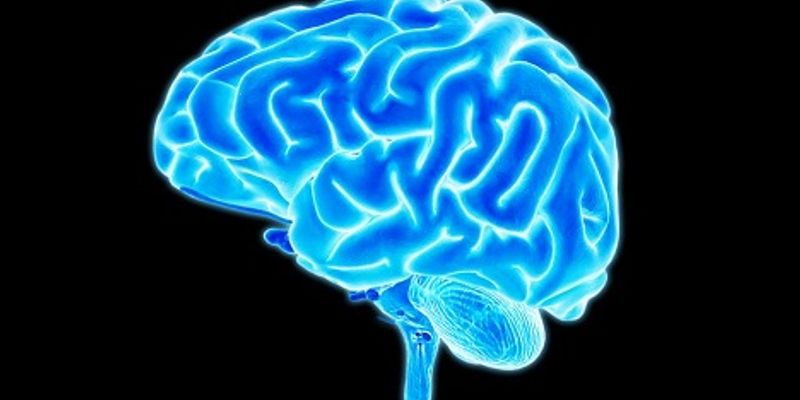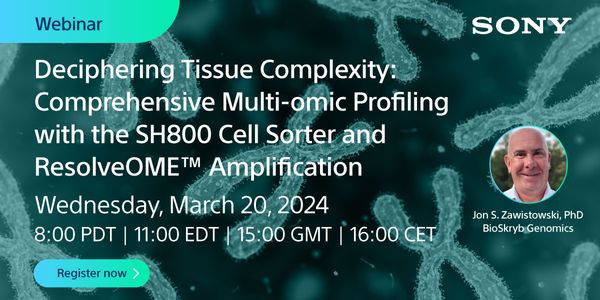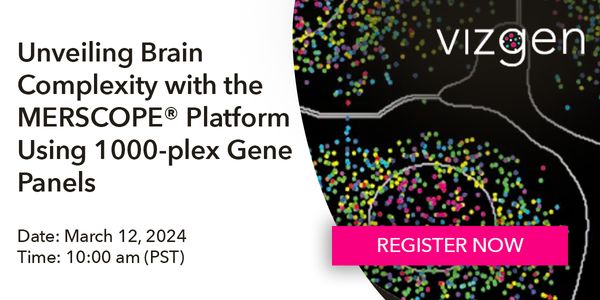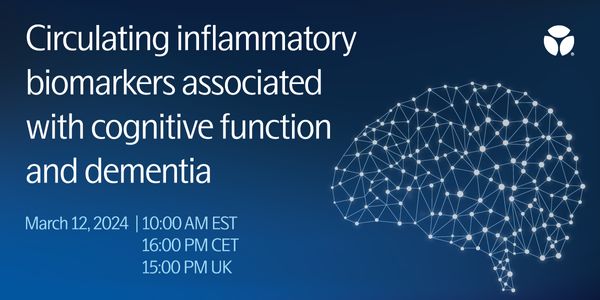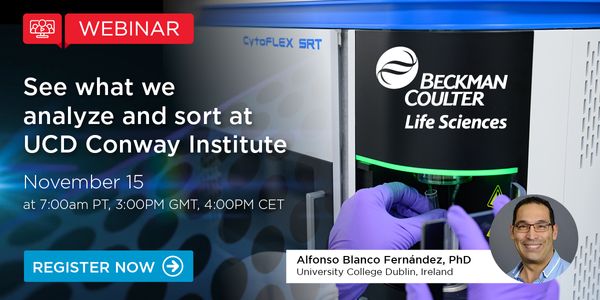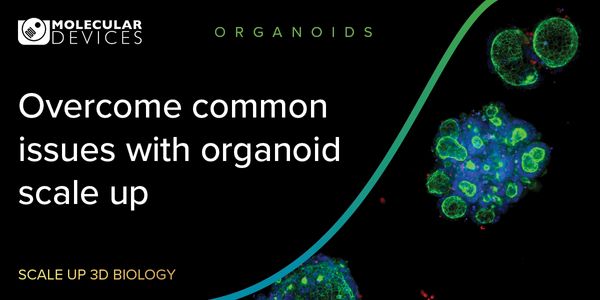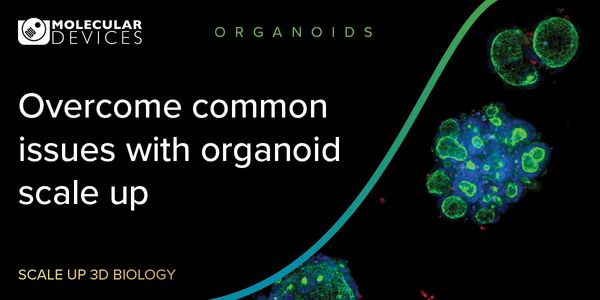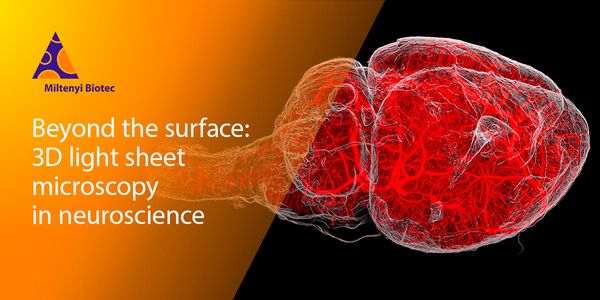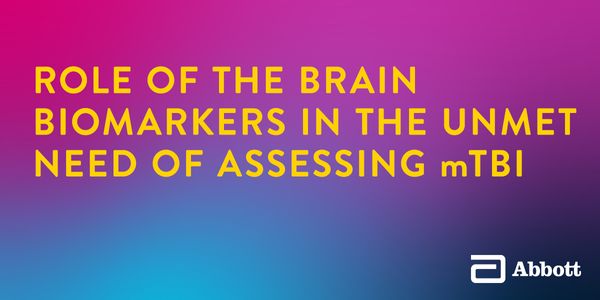Brain
The brain: is the organ located in the head and serves as the center of the nervous system in all vertebrate. The brain is the most complex organ in a vertebrate's body and is close to the sensory organs for senses such as vision.
-
MAR 28, 2024 | 10:00 AMDigital SPR (dSPR) is a next-generation technology for characterizing biomolecular interactions. By combining digital microfluidics (DMF) with localized SPR (LSPR), digital SPR systems can e...MAR 20, 2024 | 8:00 AMDeciphering somatic mosaicism in healthy tissues and clonal diversity in tumors necessitates single-cell analysis. High-quality genomic and transcriptomic data at the single-cell level depen...MAR 12, 2024 | 10:00 AMIn this webinar, we will briefly introduce Vizgen’s Vizgen® MERSCOPE® Platform for spatial transcriptomics. Following this introduction, we will showcase the capabilities of ME...MAR 12, 2024 | 10:00 AMInflammation is associated with cognitive decline and the pathogenesis of Alzheimer's disease, although exact pathways remain elusive. To further explore the role of inflammation, we uti...Speech neuroprostheses have the potential to restore communication to people living with paralysis, but naturalistic speed and expressivity are elusive. Here we use high-density surface reco...
...
Speaker:
Matija Snuderl, MD
NOV 29, 2023 | 10:00 AM
High content screening at speed requires compromise: sacrificing resolution, sample coverage or both. This has limited high content screening’s utility as a high throughput tool. In or...
NOV 15, 2023 | 7:00 AM
Join Assoc. Prof. Dr. Alfonso Blanco, the Director of the Flow Cytometry Core Technologies in the University College Dublin for a review of what he looks for in new cytometry analyzers and s...
OCT 31, 2023 | 9:00 AM
Gene therapy holds potential for treating neurological diseases by delivering genetic information into specific cell types. However, selective and efficient targeting of cell types remains c...
OCT 24, 2023 | 8:00 AM
Organoids are three-dimensional (3D) multi-cellular, microtissues derived from stem cells that closely mimic the complex structure and functionality of human organs. They offer more accurate...
OCT 24, 2023 | 10:00 AM
Organoids are three-dimensional (3D) multi-cellular, microtissues derived from stem cells that closely mimic the complex structure and functionality of human organs. They offer more accurate...
OCT 05, 2023 | 1:00 AM
C.E. CREDITS
Organoids continue to gain traction in drug discovery efforts as they offer a more biologically relevant disease model than traditional approaches. But they aren't without challenges. Jo...
SEP 28, 2023 | 8:00 AM
Are you studying complex biological structures such as vasculatures or neuronal networks but feel like you're not seeing the whole picture? Step into a new dimension with the UltraMicros...
SEP 20, 2023 | 9:00 AM
Adeno-associated virus (AAV) are increasingly produced as they hold tremendous potential in gene therapy. At research level, small quantities are produced for proof of concept studies. Howev...
Speaker:
Dr. Marie-Eve Paquet
, Dr. Shuo Zhao
, Dr Alina Venereo Sanchez
Sponsored By: Affinité Instruments
Phosphorylation of α-synuclein at the Serine-129 site (α-syn Ser129P) is an established pathologic hallmark of synucleinopathies and a therapeutic target. In physiologic states,...
Speaker:
Dr. Leonardo Parra-Rivas
Presented at: GenScript 3rd Annual Gene and Cell Engineering Summit
The use of adeno-associated viruses (AAV) as gene delivery vectors has vast potential for the treatment of many severe human diseases. A small group of intensively studied AAV capsids have b...
MAY 16, 2023 | 8:00 AM
The therapeutic use of chimeric antigen receptor T cells has achieved significant success in the treatment of B cells malignancies. Despite promising results in mouse tumor models, a similar...
APR 12, 2023 | 8:00 AM
Date: April 12, 2023 Time: 8:00am (PDT), 11:00am (EDT), 5:00pm (CET) Globally 69 million people worldwide suffer from Traumatic Brain Injury (TBI) every year and many of them are mild and ar...
APR 11, 2023 | 8:00 AM
C.E. CREDITS
Date: April 11, 2023 Time: 8:00am (PDT), 11:00am (EDT), 5:00pm (CEST) Duchenne muscular dystrophy is caused by mutations in the dystrophin encoding DMD gene that disrupt the reading frame. M...
Spatial mapping of pain-associated G-Protein coupled receptors and bio-marker localization in mouse brain using RNAscope HiPlex v2 and RNA-Protein Co-Detection Assays....
Speaker:
Sayantani Basak, PhD
Deep–Brain Stimulation (DBS) has become an effective means of treating a variety of neurological conditions. Most DBS systems work are "open-loop," and apply constant stimula...
Artificial neural networks can be useful for studying brain functions. In cognitive neuroscience, recurrent neural networks are often used to model cognitive functions. I will first offer my...
In this talk, we will discuss the nuts and bolts of the novel continuous-time neural network models: Liquid Time-Constant Networks (LTCs). Liquid neural networks are nonlinear state-space mo...
Speaker:
Mathias Lechner, PhD
, Ramin Hasani, PhD
Presented at: Neuroscience Virtual Event Series 2023
